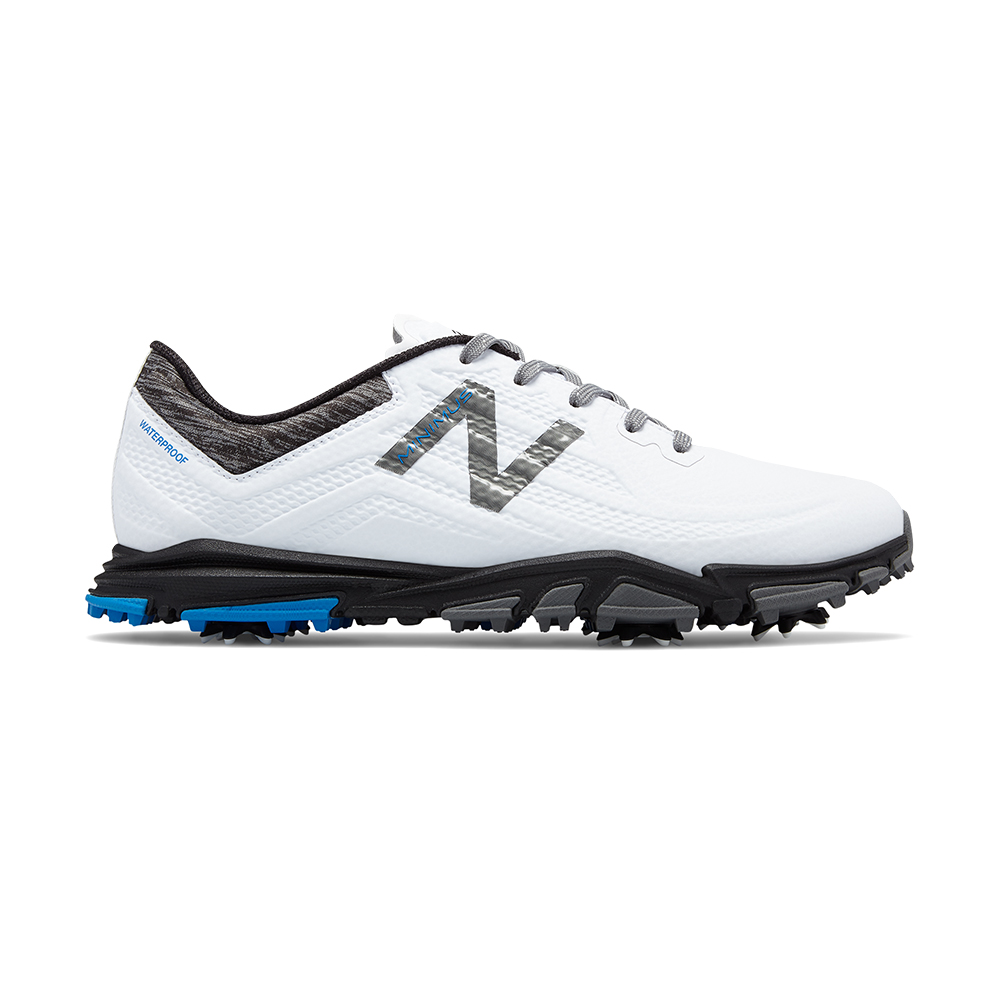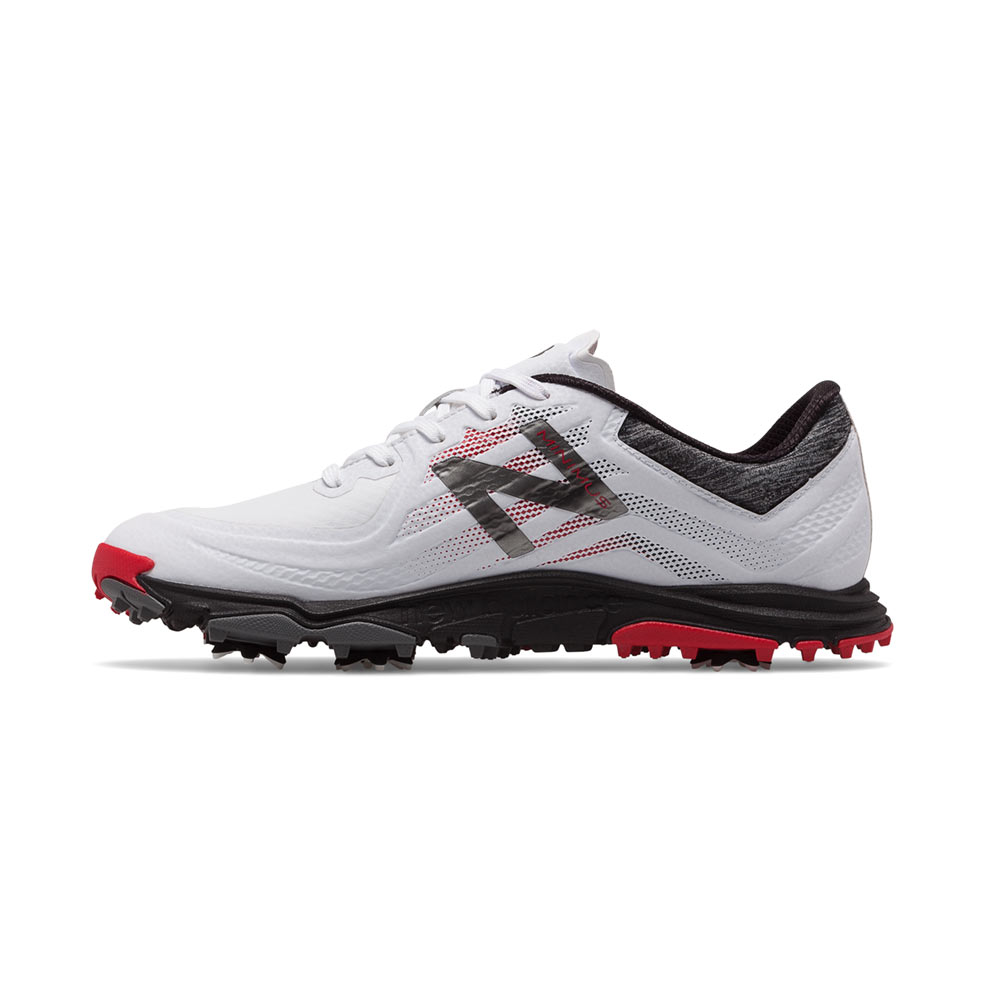

Of course, the opposite scenario is a concern as well. And if the misstep is big enough, or continues to happen, it can throw the entire planning system into a spiral. This impacts profitability in the form of lost sales or cancelled orders as well as adding expensive expediting costs to Cost of Goods Sold (COGS). In the above case, failure by the planning system to recognize or capture demand can push it into expediting mode. If the surge is large enough, safety stock levels may be depleted before arrival.

If lead times from suppliers tend to run long, or if the material comes from abroad, seasonal demand or other unforeseen surges in orders can result in shortages by the time the product arrives. One such problem can arise when safety time does not capture or recognize rising demand quickly enough.

But in those whose supply chain management is still plagued by spreadsheets, disparate and siloed internal systems, and “gut feeling”, there is a danger of creating problems in their supply chain. In companies with a sophisticated supply chain management system, the balance between the two can be managed efficiently. While each method has distinct advantages and disadvantages, they are often used together. Or a company may use a more complex analysis that includes considerations such as internal review, supplier lead time, transportation, and other factors. It may be based on actual lead time if there are few, or even a single, component and supply is predictable. Safety time is an attempt to leverage lead times to ensure that materials and supplies arrive just in time for the correct production level. However, the caveat is that you understand that demand in the first place. The retention of safety stock is an attempt to capture forecasted demand for a product. One way to ensure order fulfillment is by using safety stock – that extra edge used as a buffer between orders and on-hand inventory that allows a company to achieve high service levels and maintain customer satisfaction. So what part does safety stock or safety time play in this? Safety Stock and Safety Time On the other, excess inventory can drive up costs and restrict cash flow. On the one hand, companies strive to have enough stock available to manage their order position and fulfill service level agreements. With disruption such as COVID-19 rapidly shifting consumer tastes, market volatility, and human error, the threat of both overstock and stockouts is always present.


 0 kommentar(er)
0 kommentar(er)
